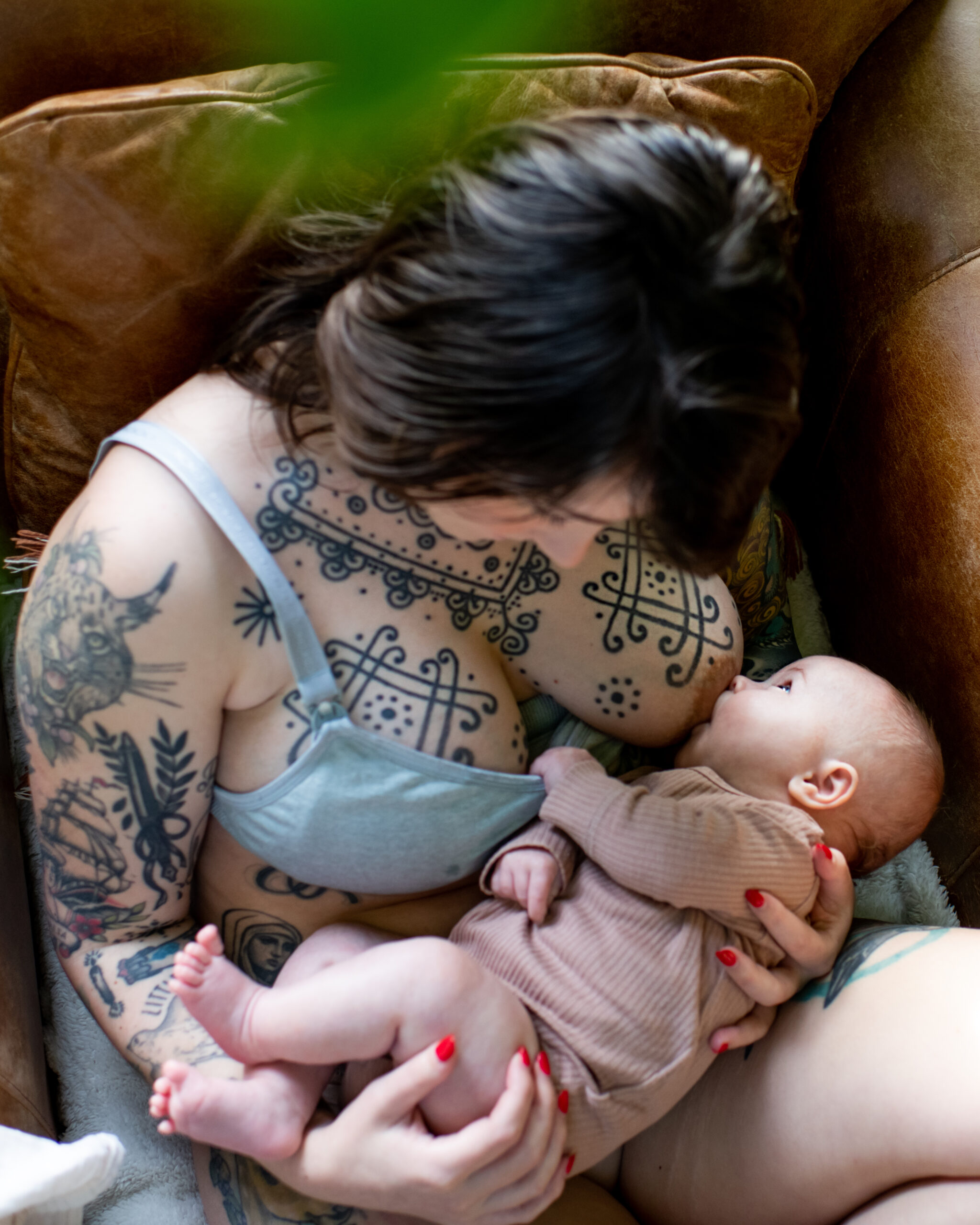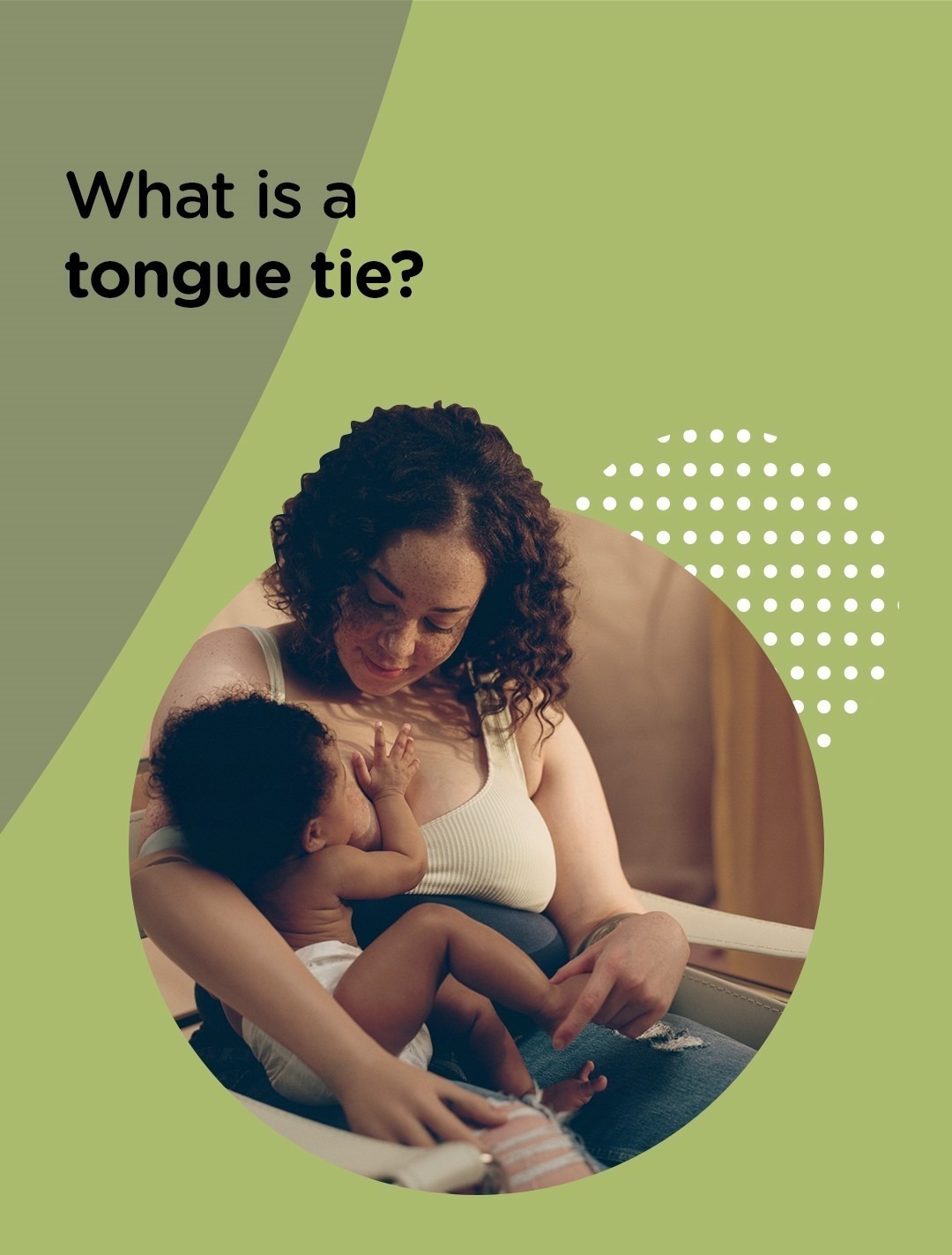The truth is, we all know how uncomfortable trapped wind can be. Unfortunately, it’s normal for babies to get trapped wind! Even though it’s common, parents understandably want to do everything they can to help their little one get rid of uncomfortable trapped wind.
To help you understand your baby’s trapped wind symptoms and turn frustration, frowns and cries into giggles and smiles, we’ve created this handy guide. Read on to learn more about the causes of trapped wind in babies and find out the best way to burp a baby, as well as what to do if your baby won’t burp.
What are the symptoms of baby wind?
If your baby is experiencing trapped wind, you may notice that they:
- Become fussy and uncomfortable during or after a feed.
- Spit up or is sick more than usual.
- Cry, turn red, or look like they’re in pain after a feed.
- Have a tummy that feels hard or firm due to bloating.
- Struggle to sleep.
- Clench their fists.
- Arch their back and pull their legs up to their tummy.
Although these symptoms can be upsetting, gas or wind isn’t usually anything to worry about. Some experts believe trapped wind is more a feeling of discomfort for babies than pain, and most of the time it can be easily relieved!
What causes trapped wind in a baby?
Babies get wind in their tummies because they can swallow a lot of air when they feed from either your breast or a bottle, when they cry, yawn, or use a soother.
As your baby’s digestive system is still developing, it can be difficult for them to get rid of this trapped gas by burping or passing wind as we do as adults. This can make them uncomfortable – like they’re full even when they aren’t.
Don’t worry though, trapped wind is common in babies from the newborn stage up to around three months. This is when their digestive system is maturing and they’re getting used to digesting milk.
Trapped wind can occur whether your little one is breast or bottle-fed. It’s also worth noting that some babies will experience quite bad trapped wind, while others may not at all. Premature babies may be more likely to suffer from trapped wind.
How to burp a baby
Some little ones will find it easy to burp, while others might need a little help. You can pat or rub your baby’s back gently to encourage them to bring up wind. It can help to focus on the left side of their back – this is where their stomach is!
Most babies will be okay with a soft touch, but others may need just a slightly firmer pat to get things moving. You’ll soon find the best way to wind your baby, but you can try:
Over the shoulder
While sitting or walking, put your baby over your shoulder, hold them and let their chin rest on your shoulder. Then, support their bottom with one hand and gently pat or rub your baby’s back with one hand, making sure their head and shoulders are supported with the other.
Sitting up
Place your baby on your lap while they face away from you. Support their chest and chin with one hand while you gently pat their back with the other. It helps to lean them forward a little in this position.
Lying down
This is the best method for burping a sleeping baby. Lay your baby face down on your lap and softly tap and rub their back with one hand while you support their chin with the other. Remember that some of their feed may come up when you wind them, so be prepared with a bib or muslin, and place it over your shoulder or knee. You can bet that the one time you don’t protect your outfit will be the time you’ll get a major spit-up!
Tummy massage
If the above methods don’t work, you can try lying your little one on their back and gently massage their tummy in a circular clockwise motion. This not only helps move any trapped gas through and out of their digestive system, but it also provides pain relief and a lovely bonding moment by releasing the hormone oxytocin.
Movement can help too, so try circling their legs back and forward like they’re riding a bike – this is known as ‘biking out the burp’!
How to reduce the chance of trapped wind when feeding a baby
Swallowing too much air when feeding is the most common cause of baby wind. To help reduce the risk of trapped wind, you should try to burp your baby after every feed. Some parents find that it’s beneficial to wind their baby during a feed when they naturally take a break from the bottle or breast.
Preventing baby wind when breastfeeding
If your baby is experiencing trapped wind when breastfeeding, the issue may be that they’re not latching onto your nipple effectively. To help, you can try sitting them upright while they’re feeding and winding them after breastfeeding.
If that doesn’t help and they’re still experiencing a lot of gas, speak to your health visitor or get support from a breastfeeding advisor.
Preventing baby wind when bottle feeding
Sit your little one upright when bottle feeding. Make sure you’re tipping the bottle high enough so that the milk can fill the whole teat as they feed. This helps to stop them from ingesting too much air when they drink their milk.
Paced feeding with a bottle or a teat with a slower flow may also help. If they’re guzzling down their bottle of milk at a very quick rate, chances are that they’ll also be taking in a lot of air. Our Advanced Anti-Colic bottles are specially designed to help reduce air bubbles in baby’s milk with their advanced venting system.
If you’re formula feeding your baby, you can minimise the number of air bubbles in the milk by swirling the formula with the water, or gently mixing with a spoon. A shaken bottle is a one-way ticket to the windy city!
Baby trapped wind FAQs
When can you stop burping a baby?
A bottle-fed newborn should be burped between every 56-85ml of milk until they’re around six months old. You’ll find that your baby will probably need burping less as they get older. Over time, they’ll start to sit upright on their own, and eventually, they won’t need your help with burping at all!
Regardless of whether or not your baby shows this kind of independence, you must always help them along if they seem to be struggling to burp.
While there’s no exact age for when you should stop burping your baby, you’ll probably notice less of a need for it between four and six months. Once your baby starts to eat solids, this change will become even more apparent.
Does shaking their bottle make a baby windy?
Shaking a baby’s bottle to mix up a feed or ensure that all the milk inside is at the same temperature can also introduce air bubbles. This can make your baby more prone to gas and wind.
Should I switch to formula if my baby is windy?
Babies get wind whether you’re breastfeeding or formula feeding. It’s natural as their little digestive systems develop.
If you’re already using formula and your baby is very windy, then it may be worth trying a different brand. However, this may bring other complications like constipation as your baby gets used to their new milk. If you’re unsure, it’s best to seek advice from your doctor or Pead.
Does gripe water help with gas?
There’re lots of medicines that claim to help with wind, like gripe water and lactase drops. Sadly, there’s no scientific proof that they work, although many parents do swear by them. Speak to your family doctor or a pharmacist to make sure that any medicine you try is safe for your baby.
How long should you burp a baby?
There isn’t a definite amount of time that you should burp a baby, but it can help to learn their discomfort cues such as:
- Fussing after a feed.
- Being sick more than usual.
- Crying or turning red.
- Having a tummy that feels hard or firm due to bloating.
- Struggling to sleep.
- Clenching their fists.
- Arching their back.
- Pulling their legs up to their tummy.
If they’re displaying these cues, it might mean that they’re still uncomfortable during or after a feed and need to burp again to relieve any remaining trapped gas.
Top baby burping tips
Now that you’re familiar with the how’s and whys of burping, let’s wrap up with some of our top tips to help you work that air out successfully every time!
- Lay a burp cloth over your shoulder or knee.
- Swirl formula or gently mix it with a sterilised spoon.
- Choose baby bottles with anti-colic venting systems. No bubbles = no tears!


